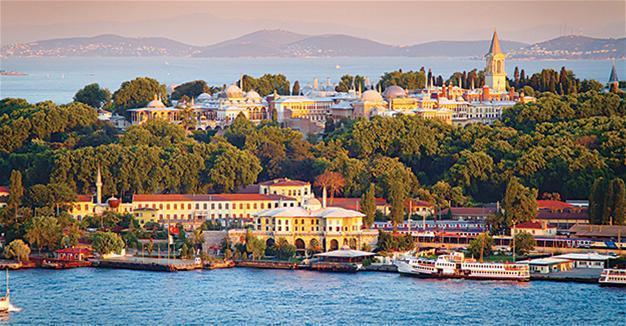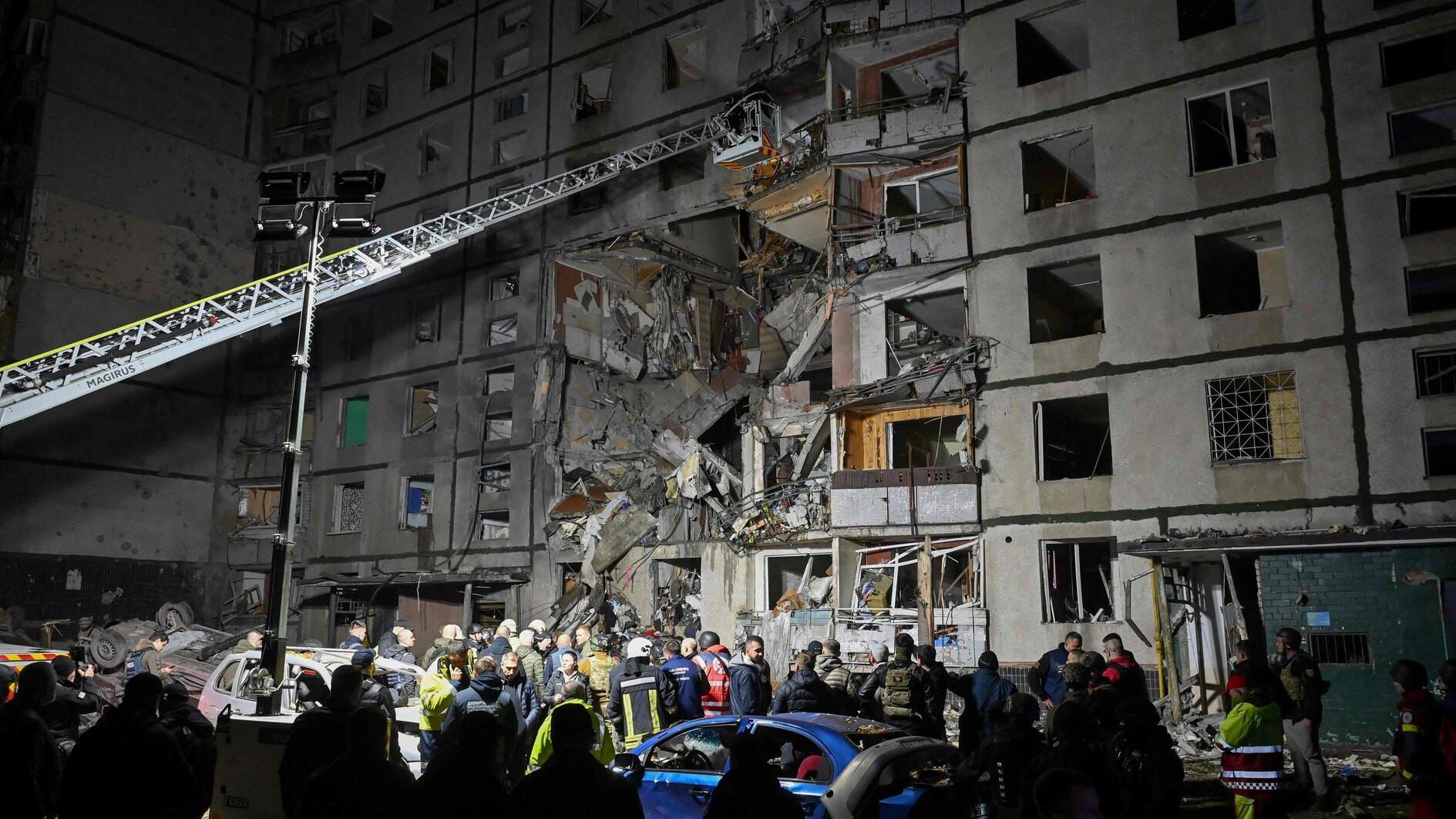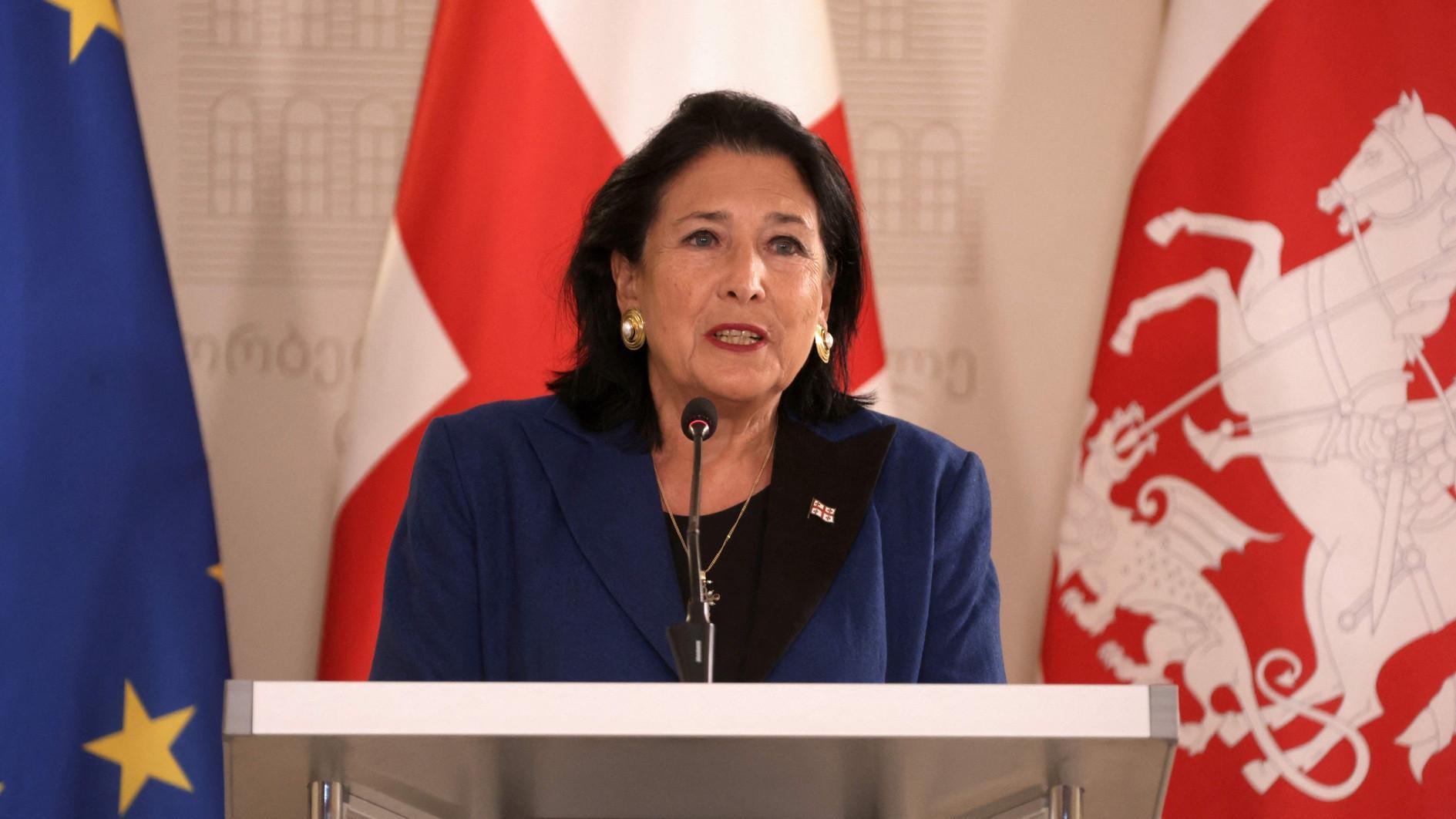Topkapı Palace kiosk in danger, restoration underway, ministry confirms
ISTANBUL
 Major restoration work has begun to prevent the collapse of the Conqueror Kiosk, also known as the treasury of Topkapı Palace, the Culture and Tourism Ministry has said in a statement, confirming the danger detailed in a daily Hürriyet report on Sept. 26.
Major restoration work has begun to prevent the collapse of the Conqueror Kiosk, also known as the treasury of Topkapı Palace, the Culture and Tourism Ministry has said in a statement, confirming the danger detailed in a daily Hürriyet report on Sept. 26. The restoration began on Sept. 9, the ministry said, referring to an April report prepared by a team of consultants from the ministry, the palace administration and academics.
Measurements were made at the foundation of the building and on its walls to determine the real cause of the cracks, after which experts moved to strengthen the foundation of the building, the statement read.
Parts of the palace are slated to undergo a major restoration worth around 10 million Turkish Liras after deep crevices were found in the treasury room of the Ottoman-era palace in July, resulting in its closure to tourists, Hürriyet reported.
The ministry agreed that the serious cracks on the kiosk’s basement floor walls were “deformations that go beyond the crack area and have reached the discrete and slit levels” following Hürriyet’s report and a risk analysis conducted after parts of a wall in nearby Gülhane Park collapsed in April, killing two people and injuring five others.
The kiosk was closed to visitors in July and its imperial artifacts – including the Spoonmaker’s Diamond (Kaşıkçı Elması), an 86-carat pear-shaped diamond, and four-emerald Topkapı Dagger – were sent to palace depots.
İlber Ortalyı, a renowned Turkish historian and a former president of Topkapı Palace, told Doğan News Agency that the problems with the palace had been obvious for years but that it took a decade for the preparation of a proper report.
Professor Mustafa Erbik of the Kandilli Observatory and Earthquake Research Institute and Istanbul Technical University Celal Şengör prepared separate reports for the walls of the palace that face the Marmara Sea, Ortaylı said.
“Unfortunately the money [needed for the restoration] cannot be collected,” he said.
“The budget of the ministry is extremely low,” he said, suggesting that a campaign could be launched to raise funds or an institution such as the National Palaces Authority of the parliament could lend a hand.
“Topkapı Palace is a huge [economic] burden for the ministry. This is obvious and nothing could be done. A basic, serious restoration is needed,” he said.
Asked if the whole palace was facing risks, Ortaylı responded negatively. “But the southern wall is under serious danger. This is obvious.”
Palace authorities asked for a detailed examination from the Istanbul 4th Protection Committee, which found that the issue stemmed from ground-based problems before the initial restoration efforts began.
The expert report said the concrete cover used for the mansion’s dome and ceilings between 1940 and 1960 had put excessive weight on the building, which had reached the point of collapse along with seismic activities that periodically occur in the Marmara Sea.
The authorities say that in its current situation, the building would not survive a 5.0-magnitude earthquake and that a rapid intervention is necessary.
After the April collapse of the wall in Gülhane Park, Ortaylı said the entire compound faced danger unless a thorough reinforcement project began immediately.
Topkapı, which overlooks the confluence of the Bosphorus and the Marmara Sea, was one of the major residences of the Ottoman sultans for almost 400 years (1465-1856) during the empire’s 624-year history.
It is now a museum and a major tourist attraction. It also contains important relics of the Muslim world, including Prophet Muhammad’s cloak and sword.
















